Top 5 Cover Letter Mistakes You Must Avoid
Crafting a compelling cover letter is crucial in making a strong first impression on potential employers. It is your chance to showcase your personality, skills, and enthusiasm for the role. However, many job seekers inadvertently sabotage their applications by making common cover letter mistakes. Avoiding these pitfalls can significantly increase your chances of landing an interview and ultimately, securing your dream job. Let’s delve into the top five cover letter mistakes that you should steer clear of to make your application stand out from the competition. Remember that a well-written cover letter can be your best ally in the job search process, making you appear more attractive in the eyes of recruiters.
Using Generic Language
One of the most frequent mistakes is using generic language that could apply to any job or company. Avoid phrases like ‘I am a highly motivated individual’ or ‘I am a team player’ without providing specific examples to back up these claims. Generic language lacks substance and fails to capture the reader’s attention, making your cover letter forgettable. Recruiters see hundreds of cover letters, and generic statements do not separate you from the crowd. To ensure your application stands out, you need to prove you’re a good fit and showcase what makes you unique by using tailored language.
Why Generic Language Fails
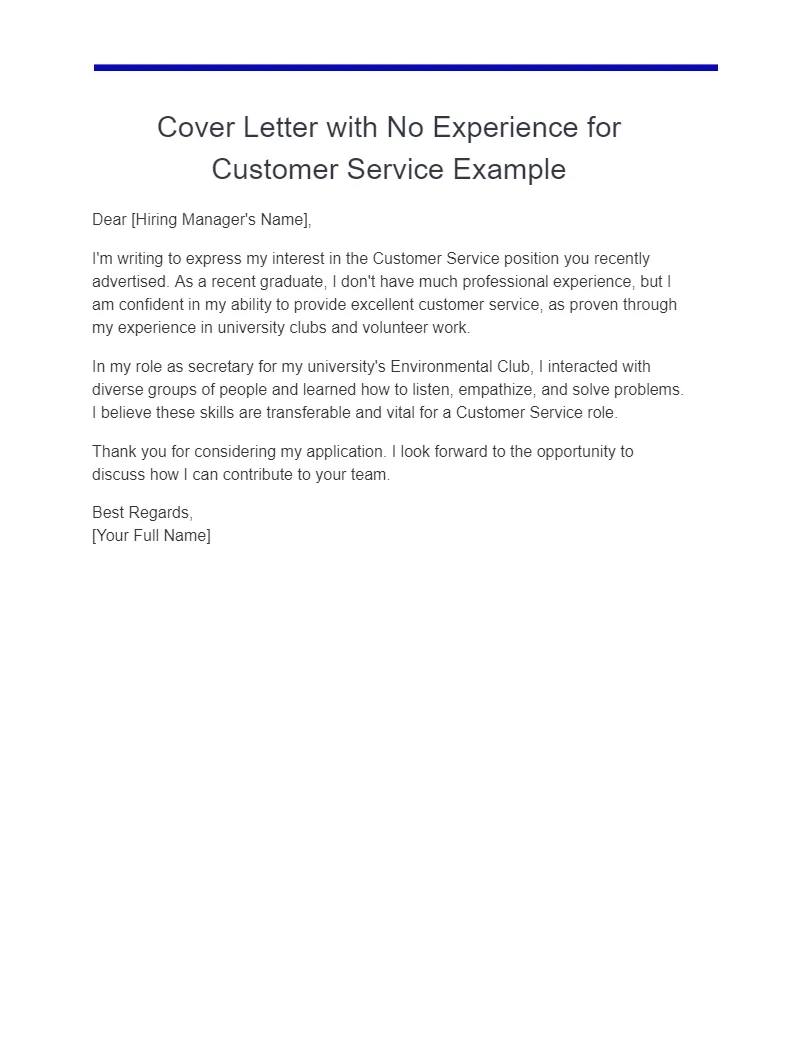
Generic language fails because it does not demonstrate that you’ve done your research or that you understand the specific requirements of the job or company. It gives the impression that you are mass-applying to roles without genuinely caring about the position. A cover letter should be a targeted piece of communication that addresses the unique needs of the employer. It should reflect a clear understanding of the company’s values and goals. Avoid any statements that are vague or could apply to any job; instead, provide concrete examples of your skills and experiences that align with the specific requirements. Show the employer that you took the time to tailor your application specifically for their role.
How to Personalize Your Letter
Personalizing your cover letter involves more than just changing the company name. Start by researching the company’s mission, values, and recent projects. Identify the specific skills and experiences the job description highlights and then demonstrate how you have those qualities. Include a sentence that reflects your understanding of their work. Instead of using generic phrases, use strong action verbs to describe your accomplishments and quantify your achievements whenever possible. By personalizing your cover letter, you’ll demonstrate that you are genuinely interested in the role and invested in contributing to the company’s success. This targeted approach can drastically increase your chances of securing an interview.
Focusing Too Much on Yourself
While your cover letter is about you, the focus should be on how you can benefit the employer, not just your personal needs. A common mistake is excessively highlighting your skills, experiences, and career goals without connecting them to the company’s needs. Cover letters should demonstrate what value you bring to the table, showcasing how your skills align with the company’s objectives. Employers are seeking employees who can contribute to their success, and your cover letter needs to highlight that contribution, not simply tell your life story. Avoid making the cover letter an autobiography; instead, frame your experiences in terms of how they can help the employer succeed.
The Importance of Employer-Centric Writing
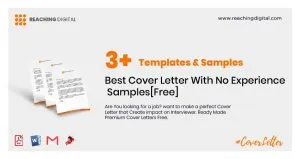
Employer-centric writing is about showcasing your value in terms of what you can do for the company. It involves tailoring your cover letter to demonstrate how your skills, experiences, and knowledge align with the employer’s needs. To achieve this, carefully analyze the job description and identify the key skills and qualifications the employer is looking for. Then, provide specific examples of how your past experiences have equipped you with those skills. Frame your achievements in terms of the results you achieved, such as increased sales, improved efficiency, or successful project completion. This approach makes your cover letter more compelling and demonstrates your understanding of the employer’s requirements and your ability to meet them.
How to Showcase Your Value
To showcase your value, start by understanding the employer’s needs. What are their pain points, goals, and challenges? Research the company and tailor your cover letter to address those specific issues. Provide concrete examples of your achievements and quantify your results whenever possible. Use action verbs and focus on how your skills and experience will benefit the company, not just yourself. For example, instead of writing ‘I am good at communication,’ write, ‘Successfully managed and delivered presentations to large audiences, resulting in a 20% increase in client engagement.’ This kind of detail makes a clear and compelling case for why you should be hired.
Ignoring the Job Description
Failing to tailor your cover letter to the specific job description is a significant mistake. Many job seekers send out generic cover letters without considering the specific requirements of each role. The job description is a roadmap to what the employer is looking for, and ignoring it shows a lack of attention to detail and a lack of genuine interest in the role. To increase your chances of landing an interview, carefully review the job description, identify the key requirements, and customize your cover letter to address them. This shows that you understand the role, and you took the time to show how your skills align with the job requirements.
Analyzing Job Requirements
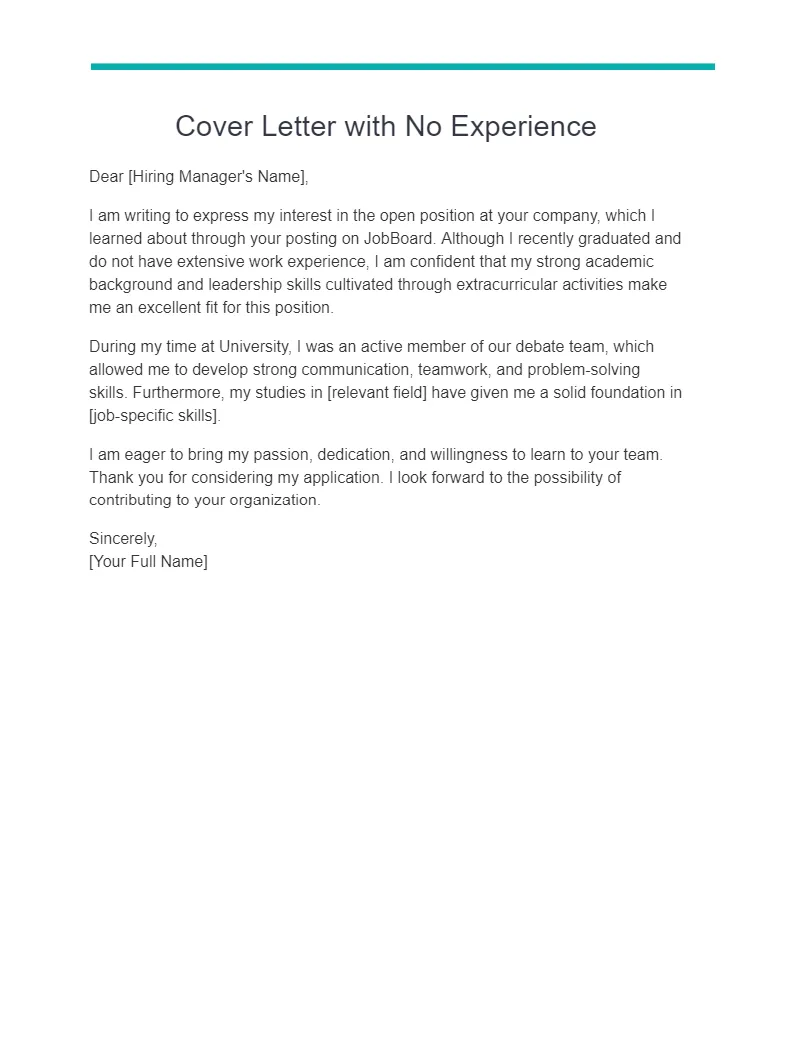
Analyzing the job requirements is the first step in tailoring your cover letter. Read the job description carefully and identify the key skills, qualifications, and experiences the employer is seeking. Make a list of these requirements and then assess how your skills and experiences align with them. For example, if the job description highlights experience with project management software, make sure to include specific examples of your experience with relevant software. This level of detail demonstrates your ability to match the job requirements. This analysis enables you to create a customized and persuasive cover letter that showcases your suitability for the role.
Tailoring Your Skills to the Role
Once you have identified the job requirements, it’s time to tailor your cover letter to demonstrate your relevant skills and experiences. Provide specific examples of how you have used those skills in the past. Don’t just list your skills; instead, showcase them through concrete examples and quantifiable results. Quantify your achievements whenever possible. For instance, if the job description emphasizes communication skills, you might write, ‘Successfully led a team of five, resulting in a 15% improvement in project delivery efficiency.’ This type of specific detail will grab the attention of the hiring manager and demonstrate your ability to fulfill the job requirements.
Making Typos and Grammatical Errors
Typos and grammatical errors can immediately disqualify your application. They show a lack of attention to detail and a lack of professionalism. Even minor errors can leave a negative impression on the hiring manager. Proofread your cover letter multiple times before submitting it. Use grammar-checking tools, and consider having a friend or colleague review it. A well-crafted cover letter demonstrates professionalism and attention to detail, increasing your chances of making a positive first impression and advancing to the next stage of the hiring process. Typos and grammatical errors are easily avoidable, and making sure your application is polished is a simple way to stand out.
Proofreading Techniques
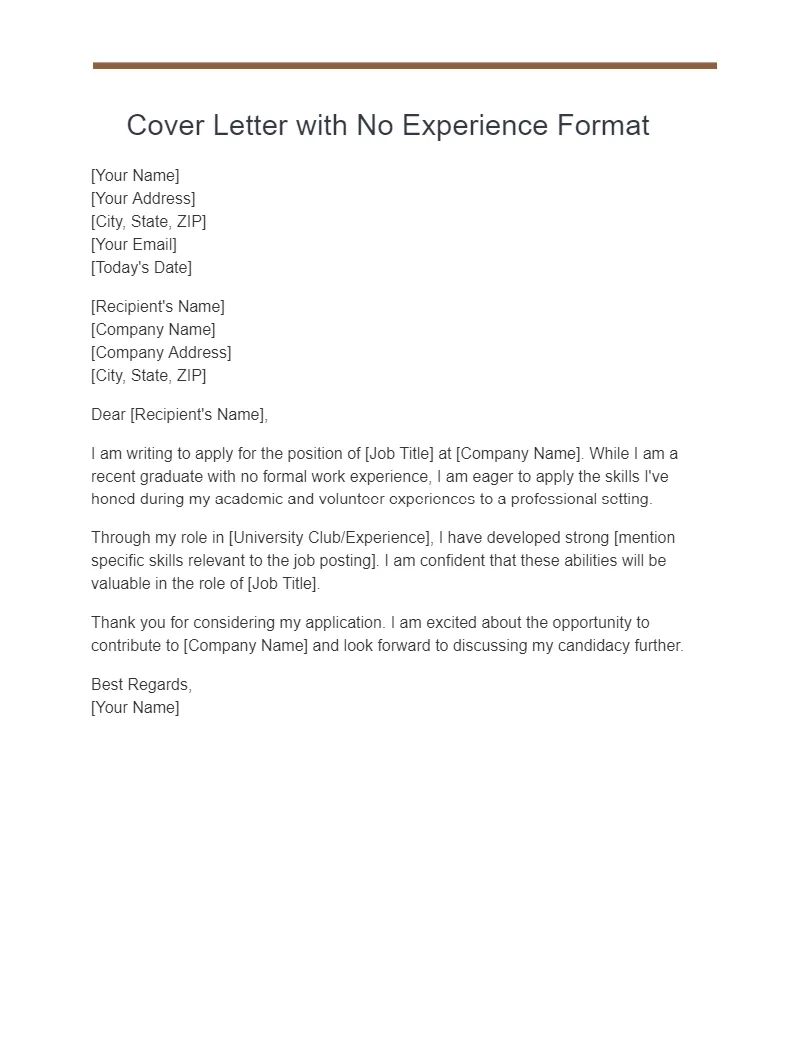
Proofreading is a critical step in ensuring your cover letter is free of errors. Start by reading your cover letter slowly and carefully. Read it aloud, as this often helps you catch mistakes that you might miss when reading silently. Pay attention to grammar, spelling, punctuation, and sentence structure. Check for consistency in formatting and style. Also, take a break between writing and proofreading to give your eyes a fresh perspective. Then, set it aside for a few hours or even a day before revisiting it. Ensure that all details are correct, including the company name, the hiring manager’s name, and job title.
Using Online Tools
Several online tools can help you proofread your cover letter effectively. Grammar-checking software like Grammarly can catch many grammatical errors and suggest improvements to your writing. Spell-checkers can help you catch typos and misspellings. These tools can also assist in checking for wordiness and clarity. These tools are a great starting point, but they should not be a replacement for careful human review. Have a friend, family member, or career counselor review your cover letter for you. A second pair of eyes can often catch errors that you might have missed. Leveraging all the resources helps to avoid costly errors.
Writing a Cover Letter That’s Too Long
Hiring managers are busy and often have to review numerous applications. A long cover letter may not receive the attention it deserves. Keep your cover letter concise and focused, ideally within a single page. The goal is to convey your qualifications quickly and efficiently. Overly long cover letters can lose the reader’s interest and lead to a decline in the effectiveness of your application. Being brief and clear is essential.
The Ideal Length
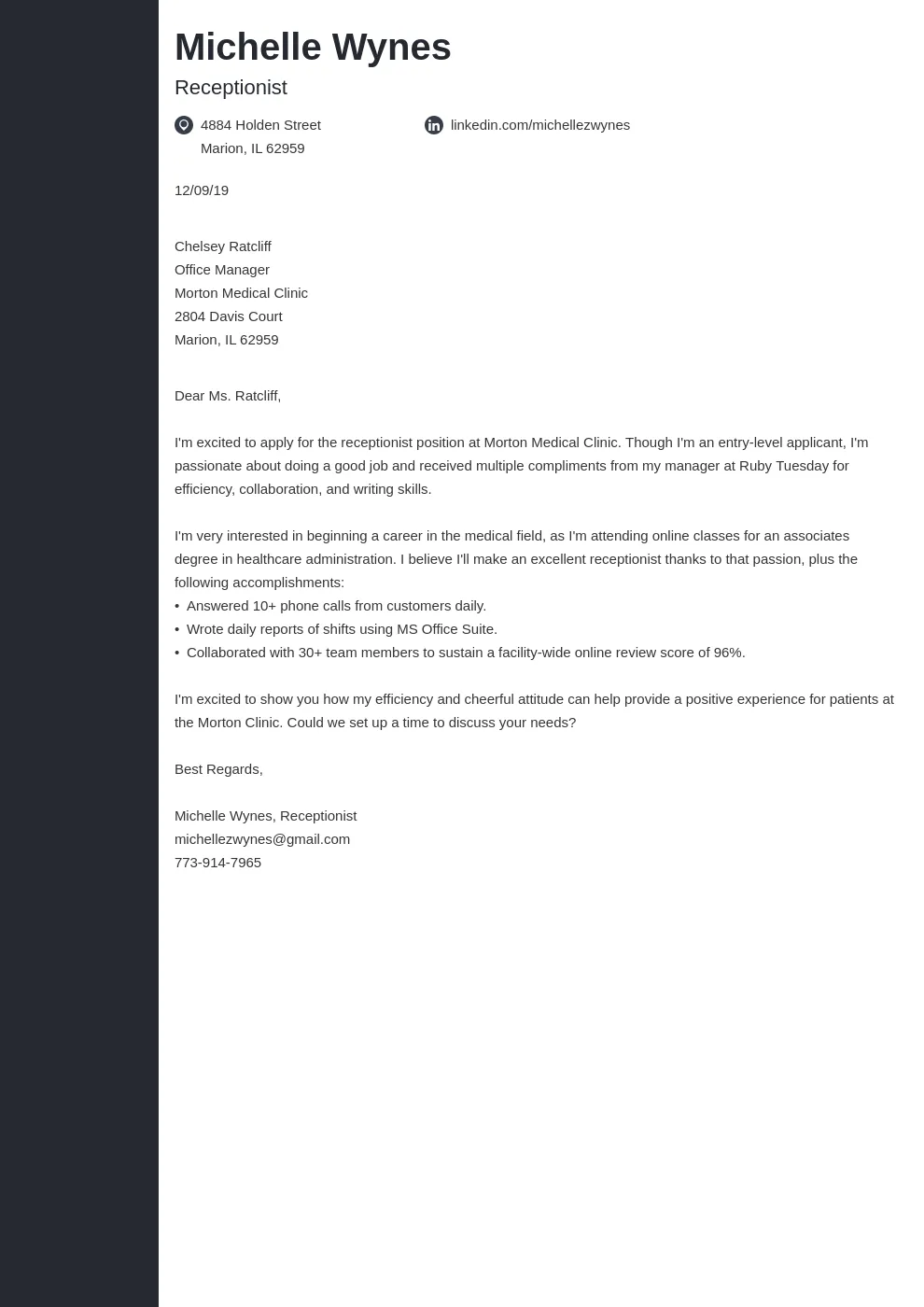
The ideal length for a cover letter is typically one page. Make sure that you have a clear format to convey essential information. The focus should be on brevity while still including all the necessary details. Avoid unnecessary filler and get straight to the point. Use concise language to highlight your qualifications. This shows respect for the hiring manager’s time and increases the likelihood that they will read your entire letter and consider your application. Keeping your cover letter short helps maximize the impact and effectiveness of your message.
Keeping it Concise and Engaging
To keep your cover letter concise and engaging, use clear, straightforward language. Avoid jargon and overly complex sentence structures. Focus on the most relevant information. Start with a strong opening that grabs the reader’s attention and quickly conveys your interest in the role. Use bullet points or short paragraphs to break up large blocks of text. Highlight your key skills and experiences with specific examples and quantify your achievements whenever possible. By being concise and engaging, you make your cover letter more appealing and increase the chances that the hiring manager will read it carefully and consider your application favorably.
